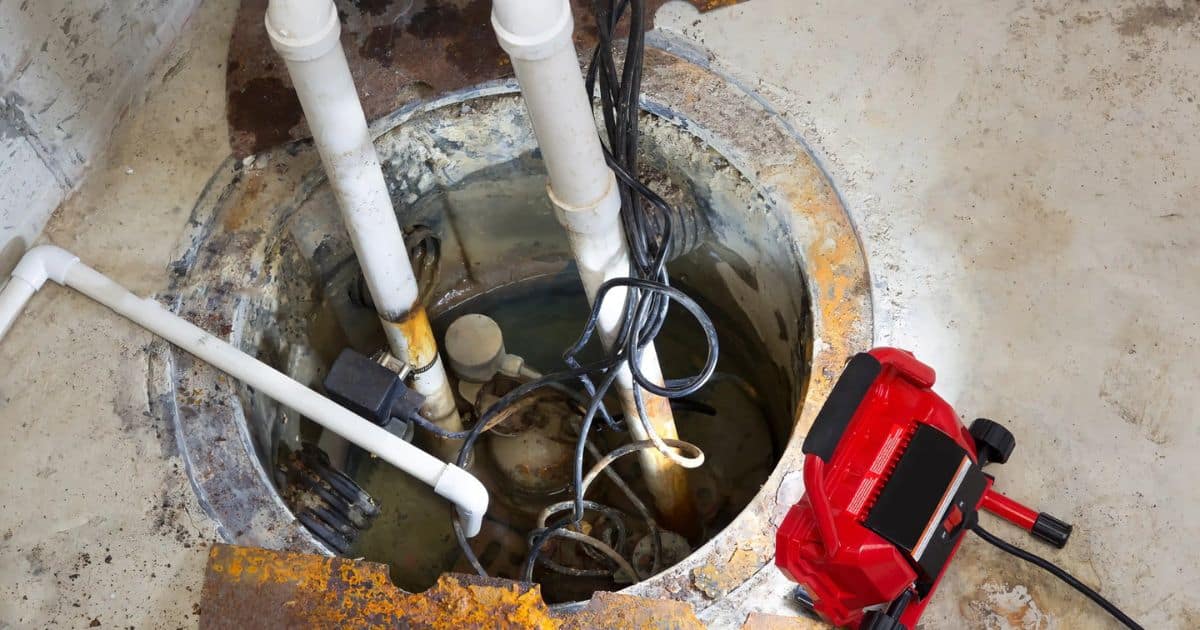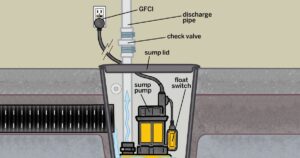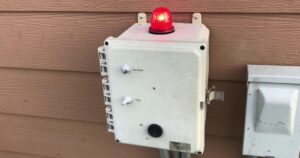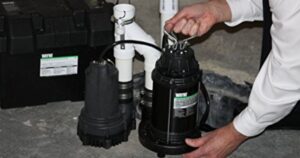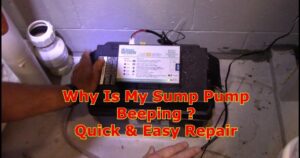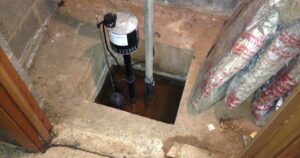In a world where heavy rainfall can cause extensive damage to our homes and belongings, it is crucial to ensure the functionality of our sump pumps. Like the silent protectors in our lives, sump pumps diligently work behind the scenes, safeguarding our basements from flooding. But how can we be certain that these reliable guardians are working as intended? This article will guide you through a series of visual inspections, tests, and maintenance procedures to determine if your sump pump is in optimal working condition.
Key Takeaways
- Regularly inspect the power cord, pump casing, float switch, discharge pipe, and check valve for any signs of damage or obstruction.
- Test the float switch by filling the sump pit with water and observing if it activates and deactivates the pump properly.
- Check the power supply by ensuring the pump is securely plugged in, checking for any damage in the power cord, and verifying the circuit breaker or fuse position.
- Pour water into the sump pit to see if the sump pump automatically turns on and effectively drains the water, noting any unusual noises or malfunctions.
Visual Inspection of Sump Pump
To determine the functionality of your sump pump, conduct a thorough visual examination of the unit. This step is crucial in identifying any potential issues or malfunctions that may hinder its performance. Start by inspecting the power cord and ensure it is not damaged or frayed. Look for any signs of rust or corrosion on the pump casing, as this can indicate a compromised seal and potential leaks.
Check the float switch and ensure it moves freely without any obstructions. Additionally, inspect the discharge pipe for any blockages or clogs. Lastly, examine the check valve to ensure it is properly installed and functioning correctly. By conducting a visual inspection, you can identify any visible problems and take appropriate action to maintain the functionality of your sump pump.
Testing the Float Switch
How can I test the functionality of the float switch in my sump pump? The float switch is a crucial component of a sump pump as it controls the activation and deactivation of the pump based on water levels. To test the float switch, you will need to fill the sump pit with water until it reaches the desired level for the pump to turn on. As the water level rises, the float switch should rise with it, causing the pump to activate.
Once the pump starts working, the water level should decrease, and the float switch should lower, turning off the pump. If the float switch fails to activate or deactivate the pump accordingly, it may indicate a problem with the switch that needs to be addressed. With the float switch successfully tested, the next step is to check for power supply to ensure the pump is receiving the necessary electricity to function properly. Learn more can i unplug my sump pump overnight?
Checking for Power Supply
After testing the functionality of the float switch, the next step in determining if your sump pump is working is to check for power supply. Without a reliable power source, your sump pump will not be able to function properly. Start by checking if the pump is plugged in securely to the power outlet. Ensure that the power cord is not damaged or frayed, as this can lead to electrical hazards.
If the pump is plugged in and the cord is intact, check if the circuit breaker or fuse for the sump pump is in the correct position and not tripped. Additionally, consider using a backup power source, such as a battery backup system or a generator, to ensure uninterrupted functionality of the pump during power outages. Regularly inspecting the power supply is essential to maintain the effectiveness of your sump pump and protect your property from potential water damage.
Pouring Water Into the Sump Pit
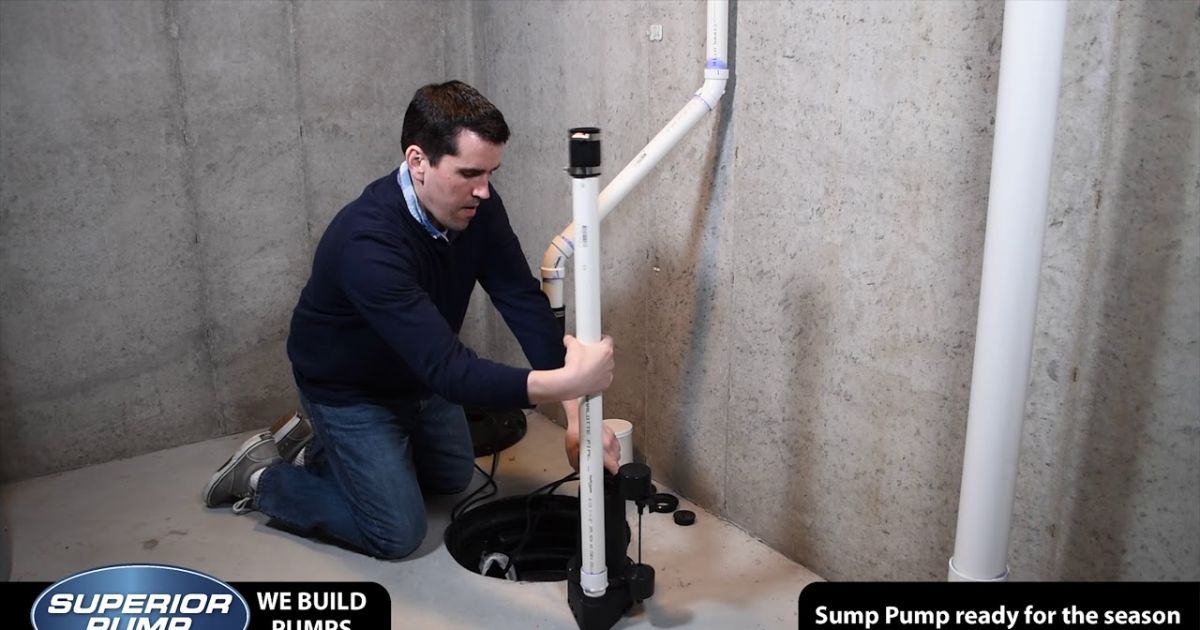
After checking for power supply, the next step in determining if your sump pump is working is by pouring water into the sump pit. This test will help you gauge the pump’s ability to activate and remove water effectively. Here’s how you can perform the test:
- Fill a bucket with water and slowly pour it into the sump pit.
- Observe the sump pump to see if it automatically turns on.
- Monitor the water level as the pump begins to operate and check if it drains the water efficiently.
- Take note of any unusual noises, vibrations, or malfunctions during the process.
Maintaining and Cleaning the Sump Pump
Regular maintenance and cleaning of the sump pump is crucial for ensuring its optimal performance and longevity. By following a few simple steps, you can keep your sump pump in excellent working condition.
First, disconnect the power supply to the sump pump before performing any maintenance or cleaning tasks. This will prevent any accidents or damage to the pump. Next, remove any debris or sediment that may have accumulated in the sump pit. This can be done by using a small shovel or scoop.
Once the sump pit is clear, inspect the pump for any signs of wear or damage. Check the float switch to ensure it moves freely and is not obstructed. Additionally, inspect the discharge pipe and make sure it is properly connected and clear of any clogs.
Testing the Check Valve
The first step in testing the check valve of your sump pump is to ensure proper functioning and prevent any backflow of water. Here is a 4-item numeric list to guide you through the process:
- Locate the check valve, which is typically found between the pump and the discharge pipe.
- Slowly pour water into the sump pit until the pump activates and begins pumping water out.
- Observe the water flow. If water returns back into the pit, it indicates a faulty check valve.
- Alternatively, you can disconnect the discharge pipe from the check valve and inspect for any debris or blockage.
Testing the check valve is crucial to ensure that water is efficiently discharged and prevent any potential damage to your basement. Now, let’s move on to the next section about monitoring the sump pump during heavy rainfall.
Monitoring the Sump Pump During Heavy Rainfall
To effectively monitor the sump pump during heavy rainfall, it is essential to establish a systematic approach that ensures optimal performance and prevents any potential basement flooding. The first step is to regularly inspect the sump pump and its components for any signs of damage or wear.
This includes checking the power supply, float switch, discharge pipe, and backup battery if applicable. It is also crucial to test the pump by pouring water into the sump pit and observing its operation. During heavy rainfall, it is advisable to keep an eye on the water level in the sump pit and ensure that the pump activates when necessary.
Installing a backup pump or alarm system can provide an extra layer of protection and alert homeowners in case of any malfunction or power outage. By implementing these monitoring measures, homeowners can have peace of mind knowing that their sump pump is functioning properly during heavy rainstorms.
Considering a Battery Backup System
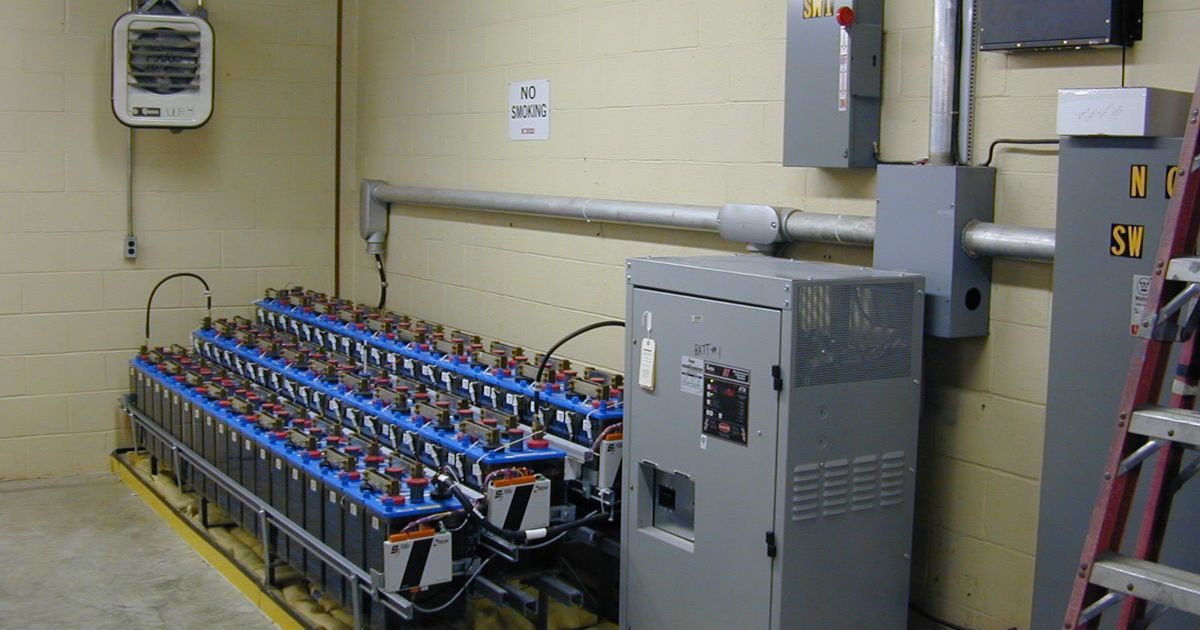
When considering the effectiveness of monitoring the sump pump during heavy rainfall, it is important to explore the option of implementing a battery backup system. This backup system can provide additional security and peace of mind, ensuring that your sump pump continues to function even during power outages or failures. Here are four reasons why a battery backup system is a wise investment:
- Reliability: A battery backup system ensures that your sump pump remains operational during power outages, protecting your basement from flooding.
- Safety: With a battery backup system, you can rest assured that your sump pump will continue to work even in emergency situations, such as severe storms or natural disasters.
- Convenience: Installing a battery backup system eliminates the need for manual intervention during power outages, saving you time and effort.
- Longevity: By providing a continuous power source, a battery backup system helps extend the lifespan of your sump pump, reducing the need for costly repairs or replacements.
Investing in a battery backup system for your sump pump is a smart choice that ensures reliable and uninterrupted protection for your basement.
Frequently Asked Questions
What Are the Common Signs of a Malfunctioning Sump Pump?
Common signs of a malfunctioning sump pump include excessive noise, frequent cycling, failure to turn on or off, water leaks, and a musty odor. Regular maintenance and inspection can help identify issues early.
How Often Should I Perform Maintenance on My Sump Pump?
To ensure optimal performance and prevent costly damage, regular maintenance of your sump pump is vital. It is recommended to perform maintenance on your sump pump at least once a year, or more frequently in areas with heavy rainfall or high water tables.
Can I Install a Sump Pump Without Professional Help?
It is possible to install a sump pump without professional help, but it is recommended to consult with a professional to ensure proper installation and avoid any potential issues or damage.
Is It Necessary to Have a Backup Sump Pump System?
It is highly recommended to have a backup sump pump system in place. This ensures continuous protection against flooding in case of primary pump failure or power outage. Backup systems provide peace of mind and safeguard your property.
How Long Does a Sump Pump Typically Last Before Needing Replacement?
The average lifespan of a sump pump is typically around 10 years, but this can vary depending on factors such as usage, maintenance, and quality of the pump. Regular inspections and testing can help determine if a sump pump is functioning properly.
Conclusion
In conclusion, it is crucial to regularly inspect and test your sump pump to ensure its proper functioning. By visually inspecting the pump, testing the float switch, checking the power supply, pouring water into the sump pit, maintaining and cleaning the pump, testing the check valve, and monitoring it during heavy rainfall, you can be confident in its effectiveness. Additionally, considering a battery backup system can provide extra protection for your basement during power outages. Remember, a well-functioning sump pump is your ultimate defense against potential flooding.
